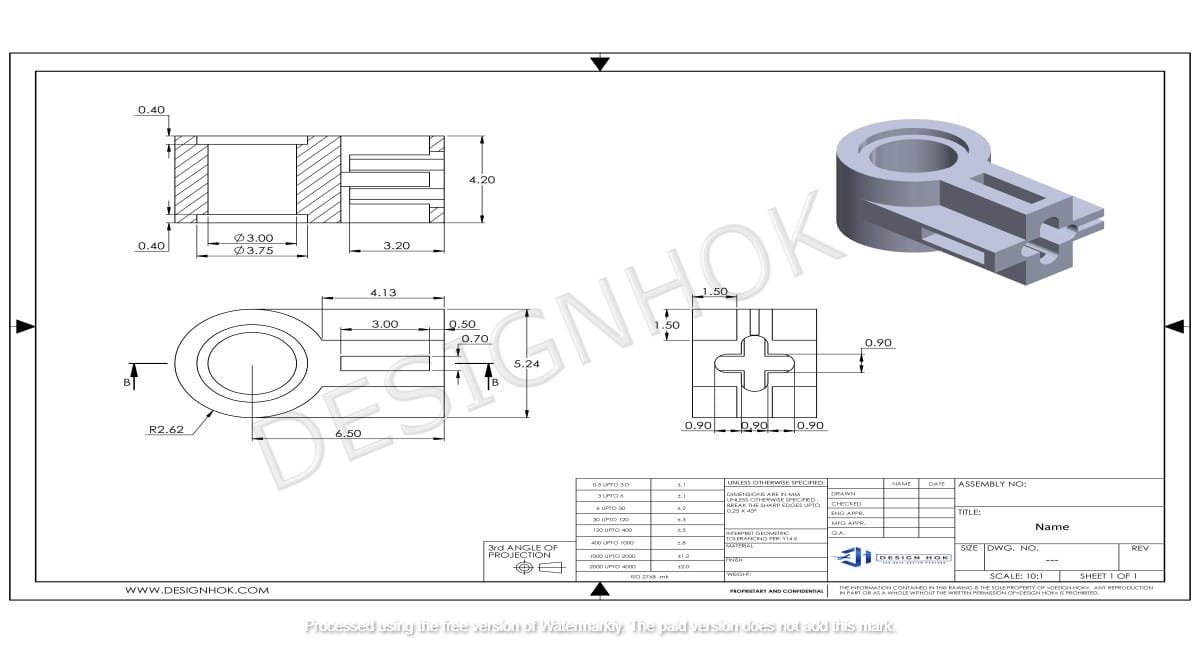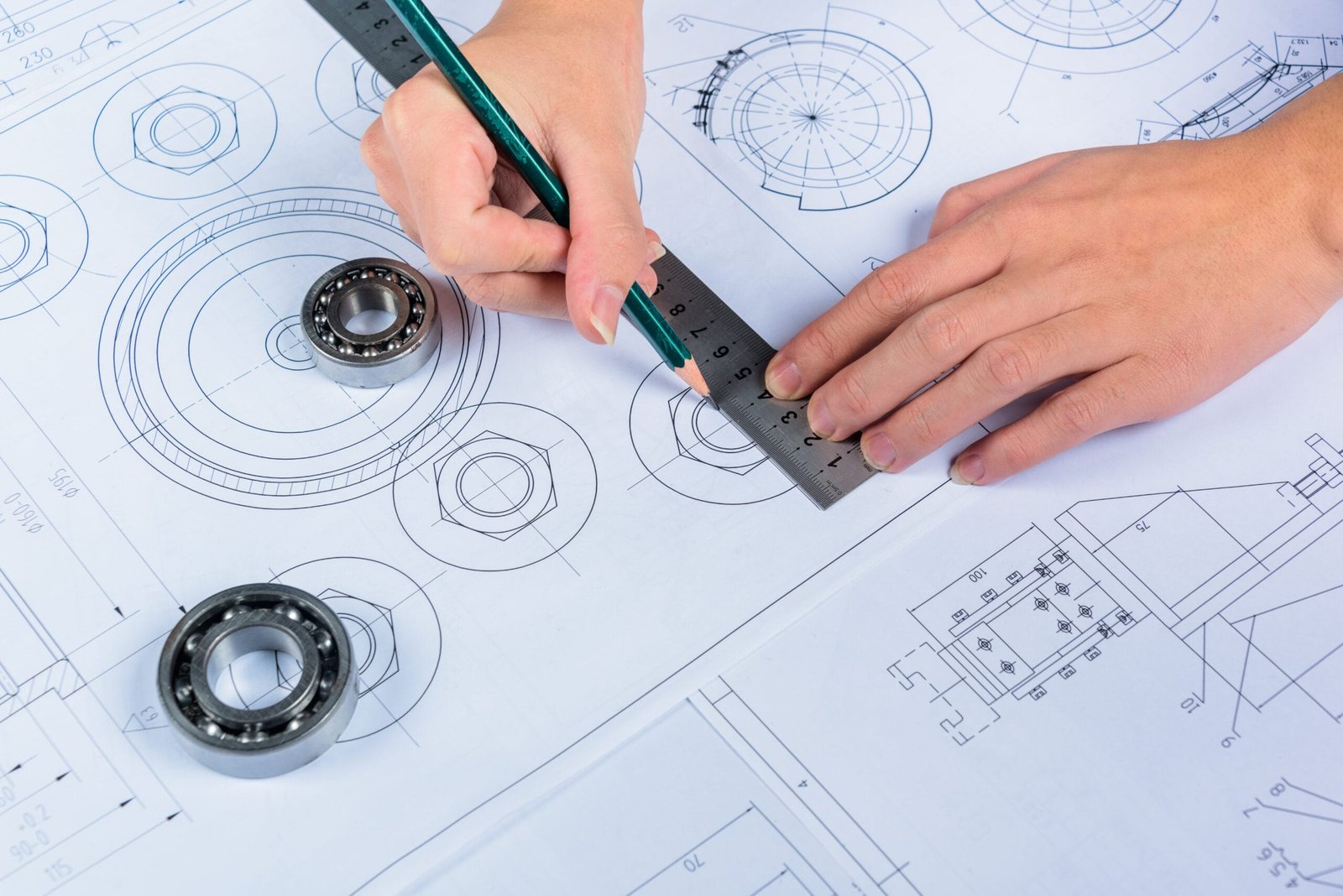Understanding Mechanical Advantage is a key concept when it comes to understanding the efficiency and power of simple machines. Whether it’s a lever, pulley, or inclined plane, calculating the mechanical advantage helps determine how much force is amplified by a machine. we will explore the different methods of calculating mechanical advantage, explain why it is important, and provide practical examples. This knowledge is essential for engineers, students, and anyone interested in the principles of physics and mechanics.
Introduction
Simple machines, such as levers, pulleys, and inclined planes, have been used for centuries to make tasks easier by amplifying the input force. Whether lifting a heavy load or cutting through materials, these devices provide a mechanical advantage that allows less effort to do more work. Mechanical advantage (MA) is the factor by which a machine multiplies the input force, making tasks more manageable. Knowing how to calculate the Understanding Mechanical Advantage is crucial for designing efficient machines and understanding their capabilities.
What Is Understanding Mechanical Advantage?
Understanding Mechanical Advantage is a measure of the force amplification achieved by using a tool or machine. In simple terms, it tells you how much a machine reduces the effort required to do a particular task. The formula for mechanical advantage is typically expressed as:Mechanical Advantage (MA)=Output Force Input Force\text{Mechanical Advantage (MA)} = \frac{\text{Output Force}}{\text{Input Force}}Mechanical Advantage (MA)=Input Force Output Force
This ratio allows you to compare how much force the machine exerts (output) to how much force you apply (input). The larger the mechanical advantage, the less effort you need to exert to achieve the same result.
How to Calculate Understanding Mechanical Advantage for Simple Machines
Different types of simple machines have slightly different ways of calculating Understanding Mechanical Advantage. Below are the most common simple machines and the formulas used to calculate their mechanical advantage.
- Levers
Levers are simple Understanding Mechanical Advantage that consist of a rigid bar pivoting around a fixed point, known as the fulcrum. There are three types of levers, but the basic calculation of mechanical advantage is the same:MA of a Lever=Distance from Fulcrum to Input Force Distance from Fulcrum to Output Force\text{MA of a Lever} = \frac{\text{Distance from Fulcrum to Input Force}}{\text{Distance from Fulcrum to Output Force}}MA of a Lever=Distance from Fulcrum to Output Force Distance from Fulcrum to Input Force
This equation shows that if you apply a force farther from the fulcrum, you’ll need less force to lift or move a load closer to the fulcrum.
- Inclined Planes
An inclined plane is a flat surface tilted at an angle, allowing you to lift objects with less effort. The mechanical advantage of an inclined plane can be calculated using the following formula:MA of an Inclined Plane=Length of the InclineHeight of the Incline\text{MA of an Inclined Plane} = \frac{\text{Length of the Incline}}{\text{Height of the Incline}}MA of an Inclined Plane=Height of the InclineLength of the Incline
The longer the incline in relation to its height, the more mechanical advantage it provides.
- Pulleys
Pulleys are used to lift heavy objects by redirecting force through a wheel with a rope or cable. The mechanical advantage of a pulley system depends on how many ropes are supporting the load:MA of a Pulley System=Number of Supporting Ropes\text{MA of a Pulley System} = \text{Number of Supporting Ropes}MA of a Pulley System=Number of Supporting Ropes
For example, if a pulley system has four ropes supporting the load, its mechanical advantage is 4, meaning the force required to lift the load is four times smaller than the actual weight of the object.
- Wheel and Axle
A wheel and axle consist of a wheel attached to a smaller axle, both rotating together. The mechanical advantage is calculated as follows:MA of a Wheel and Axle=Radius of Wheel Radius of Axle\text{MA of a Wheel and Axle} = \frac{\text{Radius of Wheel}}{\text{Radius of Axle}}MA of a Wheel and Axle=Radius of Axle Radius of Wheel
The larger the wheel relative to the axle, the greater the mechanical advantage and the less force required to move an object.
- Screws
Screws are inclined planes wrapped around a cylinder, used to hold objects together or lift materials. The mechanical advantage of a screw is determined by:MA of a Screw=Circumference of Screw Pitch of the Thread\text{MA of a Screw} = \frac{\text{Circumference of Screw}}{\text{Pitch of the Thread}}MA of a Screw=Pitch of the Thread Circumference of Screw
The smaller the pitch (the distance between the threads), the greater the mechanical advantage.

Why Is Mechanical Advantage?
Understanding Mechanical Advantage is essential for engineers and designers because it directly affects the efficiency of machines. It allows users to complete tasks with less physical effort and helps in determining the power and durability of a machine. In many industries, from construction to transportation, understanding mechanical advantage can lead to better machinery designs that save time, energy, and resources.
In daily life, Mechanical Advantage also helps individuals choose the right tools for the job. For instance, when selecting a jack to lift a car or deciding which type of pulley system to use for moving heavy objects, the mechanical advantage guides these decisions.
Conclusion
Understanding Mechanical Advantage is a fundamental concept in the study of simple machines. By understanding and calculating the mechanical advantage, one can predict how much force a machine will require or save. Whether you are working with levers, pulleys, or inclined planes, knowing the mechanical advantage enables more efficient design and application of machines. This simple yet powerful idea has broad applications in engineering, physics, and even everyday life.
FAQs
- What is mechanical advantage in simple terms?
Mechanical advantage refers to how much a machine multiplies the force you put in to make a task easier. - How do you calculate the mechanical advantage of a lever?
You divide the distance from the fulcrum to the input force by the distance from the fulcrum to the output force. - Why is mechanical advantage important?
Mechanical advantage helps reduce the effort needed to complete tasks, making machines more efficient and easier to use. - Does a larger mechanical advantage mean less effort is required?
Yes, a larger mechanical advantage means the machine is multiplying your input force more, allowing you to exert less effort. - Can mechanical advantage be less than 1?
Yes, if the mechanical advantage is less than 1, it means the machine requires more input force than output force, often trading force for speed or distance.





